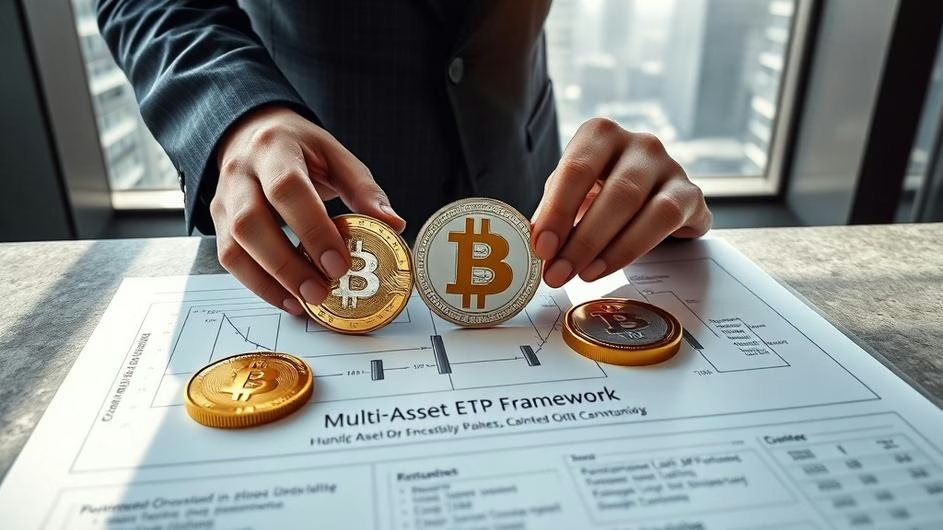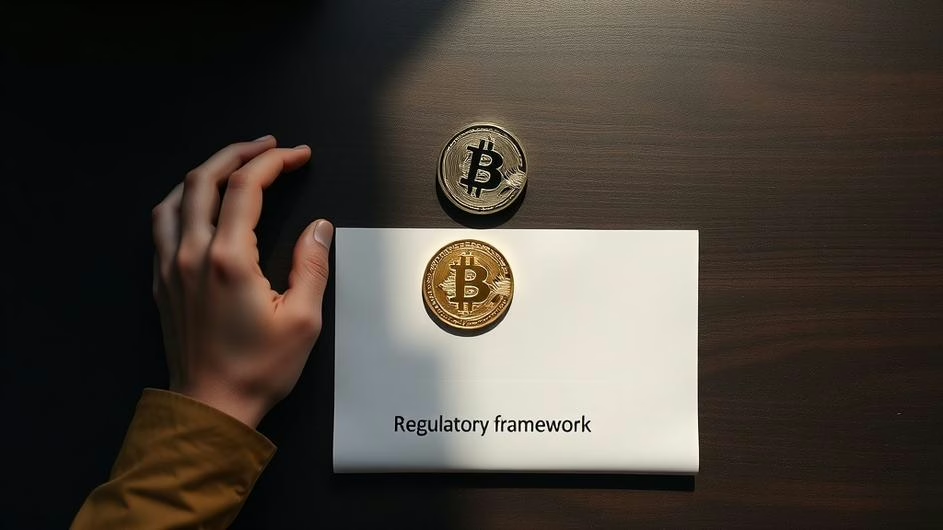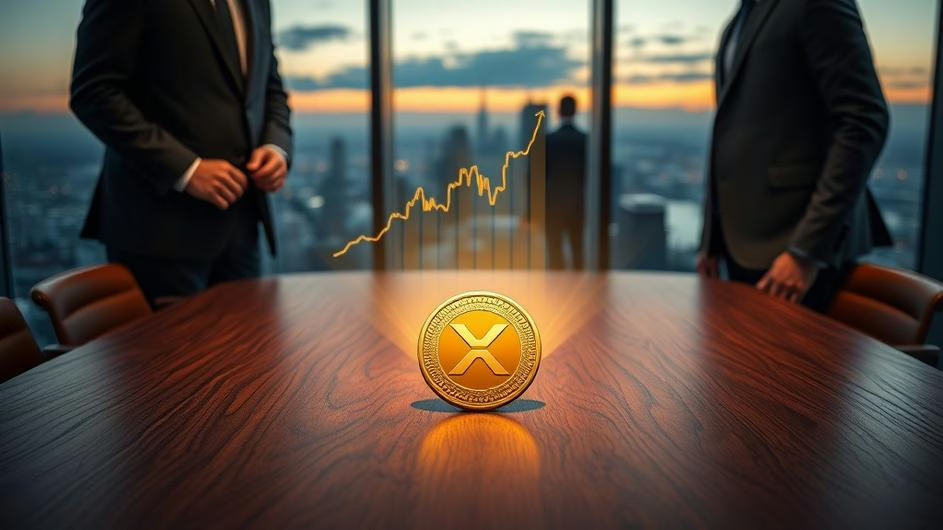
The Crypto ETF Revolution: How New SEC Standards Could Reshape Digital Asset Investing
The floodgates for crypto investing might have just blown wide open. In a move that’s sending ripples through the digital asset world, the U.S. Securities and Exchange Commission (SEC) just approved generic listing standards for spot crypto exchange-traded products (ETPs). If that sounds like a mouthful, here’s the simple version: it’s about to get much easier, faster, and cheaper to launch a whole new range of crypto funds.
For years, getting a new crypto ETF to market was a bureaucratic nightmare. Each one required a lengthy, uncertain, and expensive rule-change process. Now, the SEC has created a fast lane. Major exchanges like Nasdaq, Cboe BZX, and NYSE Arca can list new crypto ETPs without jumping through those individual hoops. This isn’t just a minor regulatory tweak; it’s a foundational shift that signals a new era of mainstream crypto adoption.
Analysts are already predicting a surge of new crypto ETFs, moving far beyond the familiar territory of Bitcoin and Ether. What does this mean for investors, developers, and the market as a whole? Let’s break it down.
A Green Light for Diversification
One of the first things to emerge from this new regulatory environment was the United States’ first multi-asset crypto ETF. This fund isn’t just focused on Bitcoin; it bundles together a basket of the largest and most liquid digital tokens, including Bitcoin, Ether, XRP, Solana, and Cardano. Think of it like an S&P 500 for the crypto world, offering broad exposure in a single, easily traded package.
For investors, this is a huge deal. It demystifies asset allocation in a notoriously complex market. Instead of trying to pick the next winning token, you can buy into the broader growth of the blockchain ecosystem. This development also highlights a growing recognition that the crypto universe is incredibly diverse. The days of a two-coin race are likely numbered, as products featuring everything from Ripple’s XRP to Dogecoin are already hitting the market with healthy trading volumes.
This streamlined approach couldn’t have come at a better time. Following the Federal Reserve’s recent interest rate cut, crypto exchanges saw a significant rally. Stocks for companies like Bullish and Coinbase surged, reflecting a renewed market appetite for digital assets. The new, more accessible ETF listing rules are pouring fuel on that fire, making it easier than ever for both retail and institutional money to flow into the space.
Wall Street Enters the Chat
You know things are getting serious when BlackRock makes a move. The institutional heavyweight, which manages around $10 trillion in assets, was a key player in pushing for a spot Bitcoin ETF earlier this year with its IBIT fund. Their involvement sent a clear signal: crypto is no longer a niche experiment for tech enthusiasts. It’s becoming a core component of mainstream investment portfolios.
BlackRock’s participation brings a level of credibility and scale that could dramatically accelerate innovation and inflows across the sector. Their presence reassures skeptical investors and provides the robust infrastructure needed for large-scale capital allocation. This is how an asset class matures, moving from the fringes of finance to its very center. As more Wall Street whales follow suit, we can expect to see even more sophisticated and diverse products emerge.
So, could this influx of institutional cash reshape market dynamics? Absolutely. The new wave of crypto ETFs will likely change how liquidity is distributed. As investors gain more refined tools for portfolio construction, we may see capital flow more evenly between major coins and promising tokens from emerging blockchain projects, creating a more balanced and resilient market.
What Happens Next?
This regulatory shift does more than just open the door for new investment products. It sets a powerful precedent for how tokenized assets can be safely and responsibly integrated into traditional financial markets. The SEC’s pragmatic approach ensures investor protections are in place while still fostering competition and innovation. By standardizing the listing process, the agency is helping to build a more efficient and predictable ecosystem for everyone involved.
Looking ahead, we’re seeing a convergence of forces: technological innovation in blockchain, clearer regulations, and growing institutional buy-in. This points to a new phase in crypto’s evolution, where digital assets are seen less as speculative bets and more as integral parts of diversified portfolios and the broader Web3 landscape. These changes complement trends in decentralized finance (DeFi), on-chain governance, and digital identity, weaving them into the fabric of our financial lives.
Of course, this rapidly changing environment isn’t without its risks. As the floodgates open, investors, developers, and regulators will need to remain vigilant. Product transparency, regulatory compliance, and technological security will be more important than ever to build sustainable growth and maintain user trust.
The SEC’s approval of generic listing standards is a pivotal moment. It’s a green light for greater mainstream adoption and market sophistication. Led by financial giants and supported by a clearer policy framework, this wave of innovation is setting the stage for a more inclusive and dynamic digital asset market. For anyone navigating the shifting landscape of crypto and blockchain, one thing is clear: a profound shift is underway, one that could redefine how we think about wealth, finance, and technology in the blockchain age.

Sources
- Crypto ETF Floodgates Open With SEC Listing Standards. What Does It Mean For Prices? – CoinDesk
- Bullish Leads Crypto Exchange Rally After Fed Rate Cut, SEC Rule Change – Investor’s Business Daily
- First US Multi-Asset Crypto ETF Begins Trading With Bitcoin, Ether, XRP, Solana, Cardano – Bitcoin.com News
- Open Up The Floodgates—A BlackRock Price Bombshell Is Suddenly Hurtling Toward Bitcoin And Crypto – Forbes
- EXCHANGES AND MARKET REGULATION—Three exchanges get SEC’s approval to adopt listing standards for crypto asset ETPs – VitalLaw.com





















































